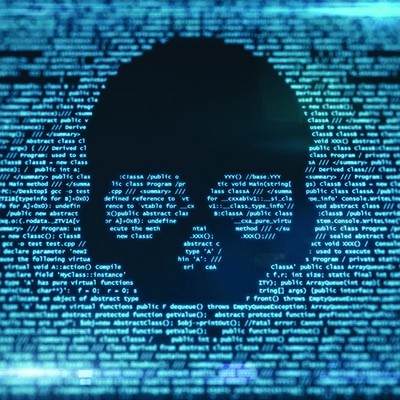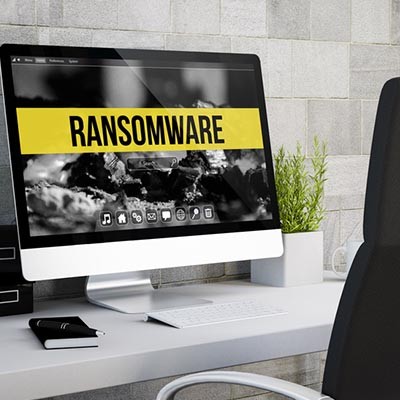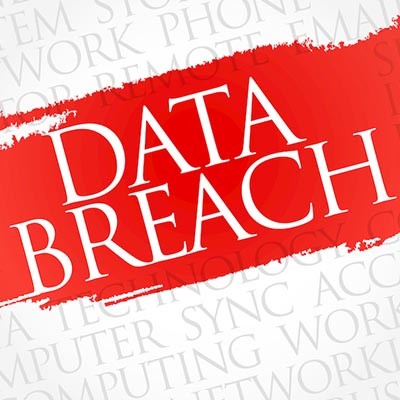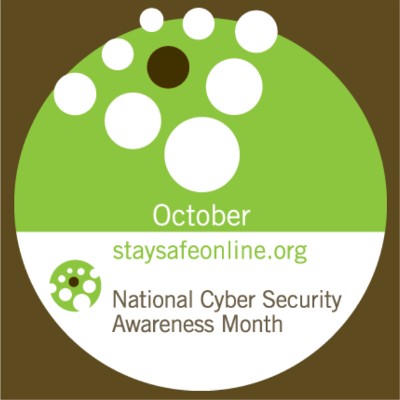JS Business Solutions Blog
Malware is a commonality in today’s computing environment, though businesses do everything in their power to avoid encountering it. Some people have difficulty identifying threats, which makes for a dangerous situation whenever they actually have to handle them. We’ve put together a malware guide that will help your employees identify the most common types of threats out there, as well as how to respond to them.
Florida’s Atlantic coast is a destination for millions of visitors each year. One visitor is costing a coastal city a pretty penny. Riviera Beach, a small city just north of West Palm Beach, has been hit with a major ransomware attack. Today, we’ll tell you how it came to be that the small beach city would make dubious history by paying what is the largest ransomware payout in the short history of these attacks.
Hackers aren’t the only ones out there developing malware tools, but sometimes, they get their hands on some of the others. This is precisely what happened when Double Pulsar, a malware that the NSA has used in the past, was paired with a Chinese hacking tool and used to attack Hong Kong and Belgium in 2016.
Ransomware is still going strong, and now more than ever it’s important to emphasize the danger that it poses for your organization. Even municipalities and other high-profile targets are at risk of being taken down by ransomware. Since 2013, over 170 government systems at the county, city, or state levels have been attacked.
When considering cybersecurity, it can be easy to overlook the computers that so many of us typically carry with us every day: our smartphones. However, as attacks to mobile devices have risen considerably in the recent past, it is important to recognize the severity of these attacks, as well as how to avoid them.
With data starting to be treated more like a commodity, companies are spending more time and money attempting to secure the data they have. Some organizations aren’t successful. In 2018 over 446.5 million records were exposed, even as data breaches dropped by 23 percent to 1,244. Today we take a look at some of the most noteworthy data breaches that have happened in the first four months of 2019.
I think by now most people understand just how dangerous ransomware is. Even with some of the ridiculous names they have like Gandcrab, Jigsaw, and WannaCry. Hell, two strains even have names from the James Bond canon: LeChiffre and GoldenEye. But one funny-named strain of ransomware, SamSam, has been devastating information systems for sometime, and has caught the eye of several U.S. law enforcement agencies.
October is Cybersecurity Awareness Month! To prepare for this incredibly important month, you’ll want to focus your efforts on ensuring your business is protected against the myriad of online threats that can pose a danger for your business. Thankfully, you don’t have to do it alone. With our trusted IT professionals by your side, you’ll be able to take the fight to hackers and other entities that threaten your data.
Phishing--it’s a threat that tells a tantalizing lie to entrap its target, and one that you’ve likely heard of before. However, as technology has advanced, so have the opportunities that cybercriminals have to leverage phishing attempts. Smartphones, for instance, make it so that you must be aware and on the lookout for SMiShing scams.
How often have you started to read something you thought may be valuable to you, only to put it down a few moments later, completely lost because of the use of technical language and industry jargon? The IT industry can be especially guilty of this. However, since this is need-to-know information, we’ve decided to go over a few crucial security concepts by representing your business security with a locked door.
According to the homeland security adviser to the White House, Tom Bossert, international blame for the global WannaCry attack is being directed toward North Korea. Responsibility for the attack that spanned from May 12th to the 15th of 2017 has been firmly placed on the Democratic People’s Republic of Korea, which Bossert says is in agreement with the conclusions of Australia, Canada, Japan and New Zealand.
Hackers and other security threats are everyday problems for users all over the world. We’re not even talking about just simple phishing emails--you’d be surprised by how many victims are from straight-up hacking attacks. The security sector has been forced to adapt, growing at an astronomical rate. To help your organization get up to speed on the latest threats and hacks, we’ve put together a list of the first half of 2018’s most notorious breaches and statistics related to them.


















